BETA’S UNIQUE 300CC TWO-STROKE ENGINE
If you want evidence of how committed Beta is when it comes to evolving the performance of their dirt bikes, look no further than what the Italian manufacturer has done with their 2022-model 300cc two-stroke engine. Unlike all the other manufacturers – whose 300cc two-stroke powerplants are simply bigger-bore variations of their 250s (and run 72mm x 72mm bore and stroke configuration) – Beta’s design team has produced an all-new 300cc two-stroke engine with a its own optimised bore and stroke (73.0mm x 69.9mm). Not only that; Beta’s new 300cc powerplant actually uses a shorter stroke than its 250cc sibling (the 300 runs a 69.9mm stroke compared with the 250’s 72.0mm!).
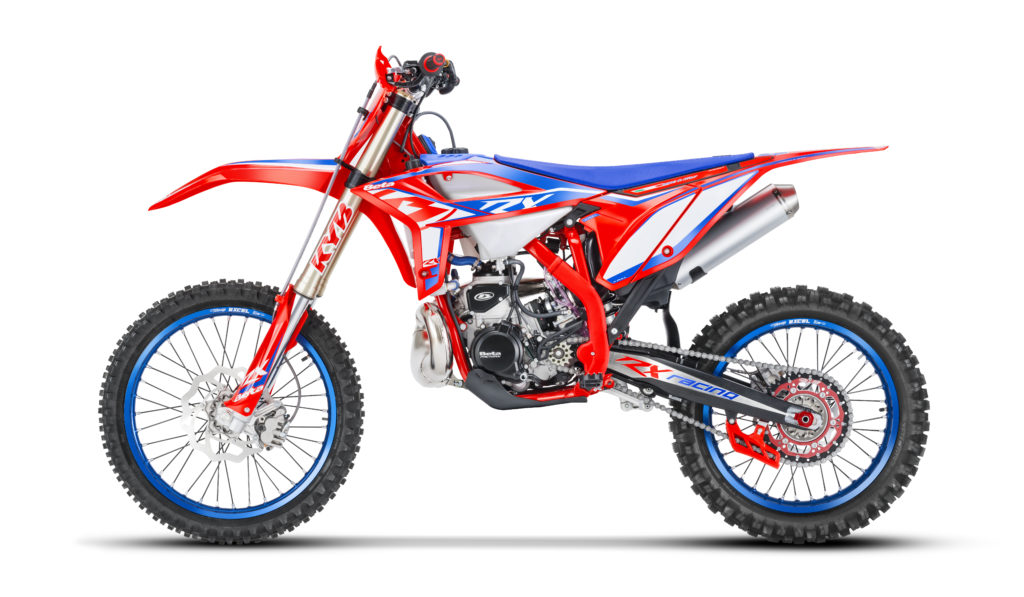
So, what’s going on here? Which Beta models get this new 300cc engine? What else has been upgraded on this new 300cc powerplant? And how does its performance differ from the more conventional 72mm x 72mm 300cc engine? Let’s address those questions one at a time…
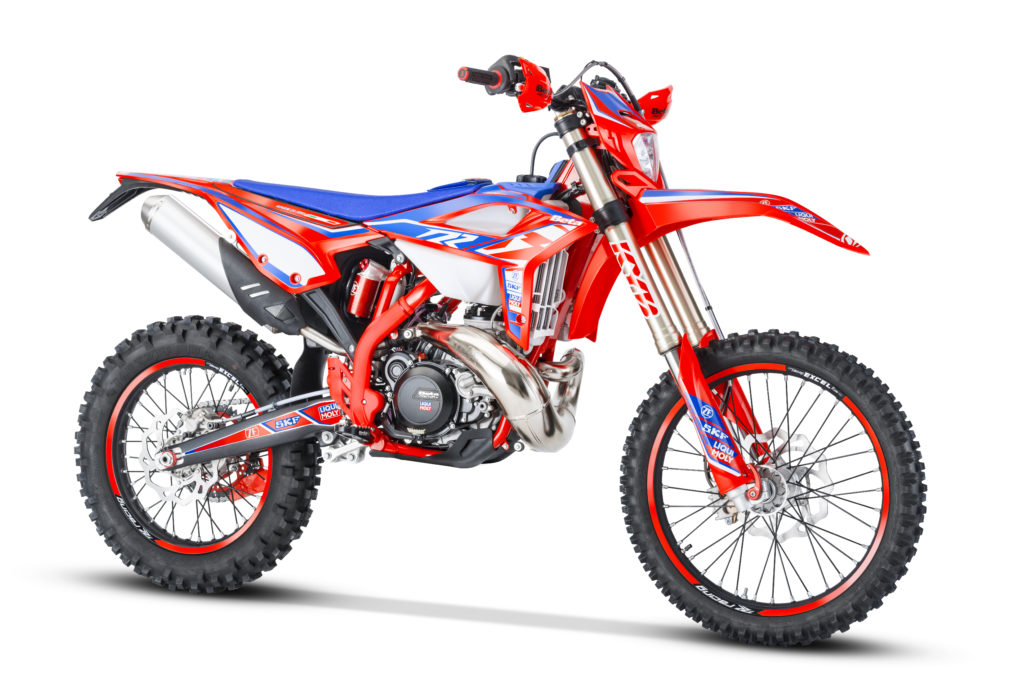
What’s going on here? Why produce a 300cc engine with its own dedicated engine configuration?
Because it allows the manufacturer to optimise the power’s output and delivery character. And Beta clearly felt that simply bumping their 250’s piston diameter/bore up from 66.4mm to 72.0mm was no longer the ideal way to achieve this. This is exactly why Beta’s 200cc two-stroke isn’t just a 125cc engine with a bigger bore (the RR200 runs its own unique 62.0mm x 63.0mm bore and stroke dimensions whereas the 125’s bore and stroke is 54.0mm x 54.5mm). The same goes for KTM/Husky’s 125cc and 150cc two-stroke engines. Of course, it’s more expensive to produce engines with a dedicated configuration than it is to use a ‘base’ engine platform that’s shared by a couple of different capacities, but that’s a cost that Beta has evidently been willing to bear in order to find the performance it was chasing with the new 300 powerplant. When you consider that most other brands’ 300cc two-stroke models carry huge premiums over their 250cc brothers (when, really, the only difference between them is a 5.6mm larger piston diameter), it’s surprising that all the other manufacturers don’t also use a dedicated bore and stroke for their big-selling 300s.
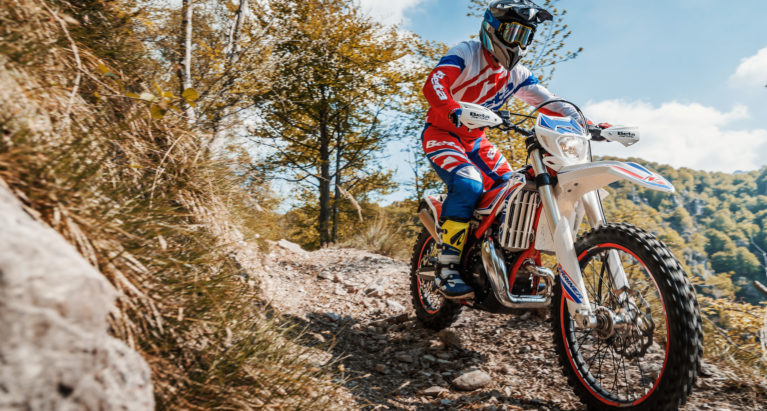
Which 2022 Beta models run this new short-stroke/over-square 300cc powerplant?
Beta’s 2022-model RR300, RR300 Racing and XTrainer 300 all run this new engine. Interestingly, Beta’s new motocross model, the 2022 RX300, still uses the ‘old’ 72mm x 72mm 300cc engine. It’s not entirely clear why the RX300 hasn’t embraced the new engine (and you could argue it’s counter-intuitive as a shorter-stroke engine is generally associated with a higher-revving MX bike), other than to say that the agility gains delivered by the short-stroke engine aren’t as important for motocross as they are for enduro.
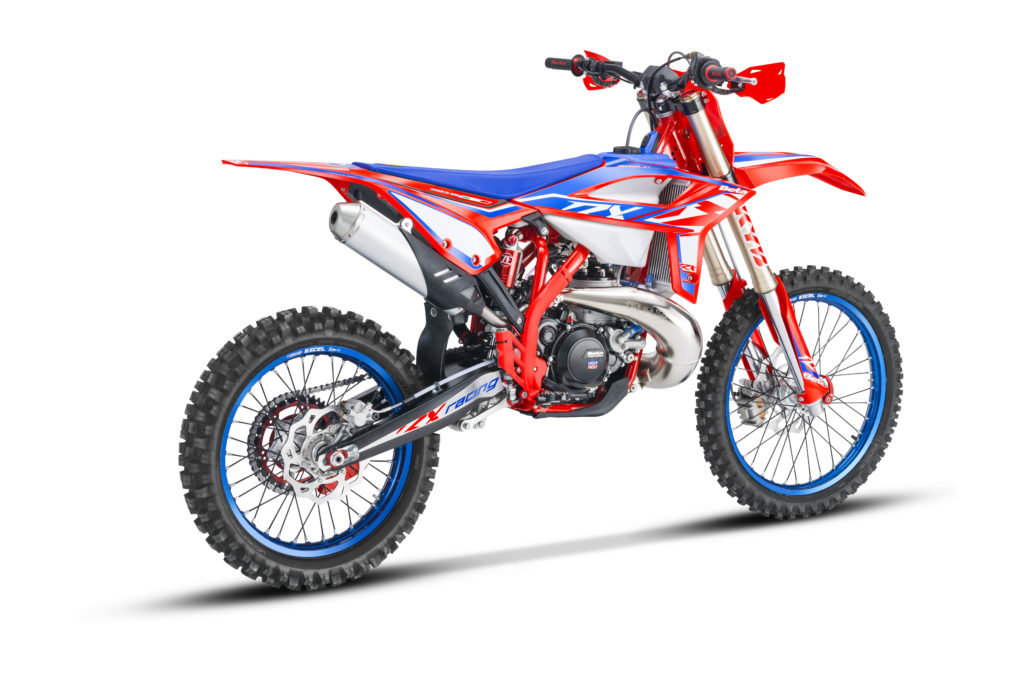
Aside from bore and stroke, how else does Beta’s new 300cc engine (with its short-throw crankshaft) differ from its predecessor?
The new engine gets a completely new head design, a new power-valve, new diaphragm-spring clutch (for a smoother and lighter action at the lever) with mechanically adjustable spring preload, smaller-diameter silencer (to improve the top-end performance and tractability), and a new iridium spark plug.
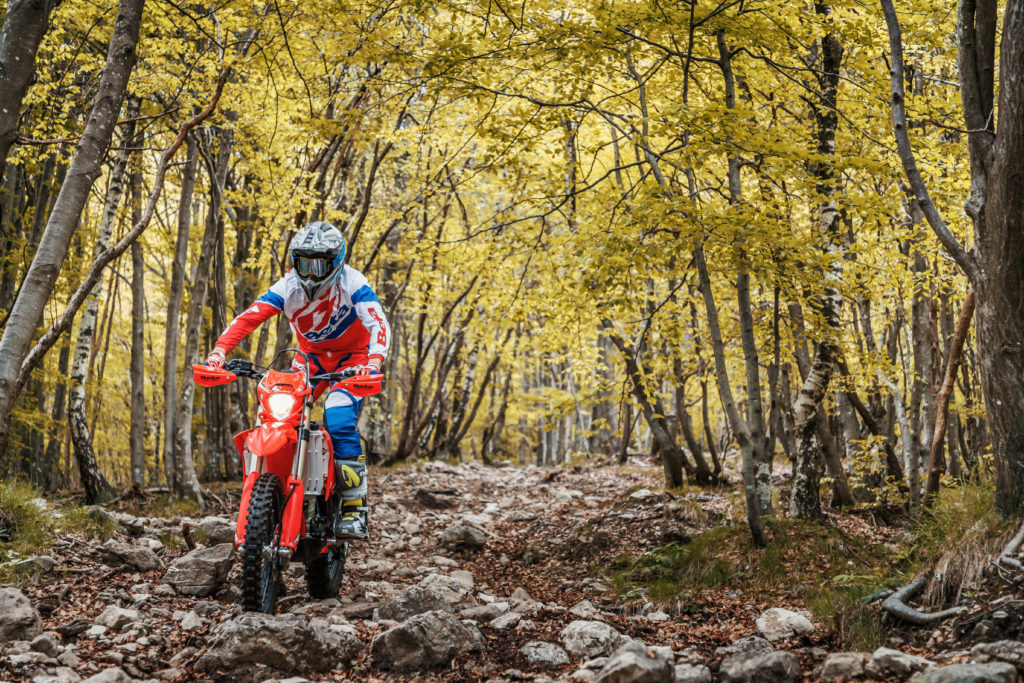
What are the main feel and performance differences between the ‘old’ and ‘new’ 300cc engines?
Surprisingly, the difference in the two 300cc engines’ power delivery is pretty subtle. And because there have been several other changes to the engine, it’s difficult to say how much the new bore and stroke contribute to the performance differences. But putting those qualifiers aside for a moment, we reckon the most obvious difference with the new engine is the reduction in its run-on effect – something that can be very disconcerting for anyone not familiar with large-capacity two-strokes. That reduction in run-on also makes the bike feel more agile and manoeuvrable in tight terrain. We reckon the new engine is happier to be revved harder too – which stands to reason, given its shorter stroke. So, in other words, this this new short-stroke configuration gives the 2022-model 300 the best of both worlds: the added capacity generates more torque than the 250, but it keeps pulling hard at high revs (like a 250 traditionally does), which allows you to carry each gear for longer.
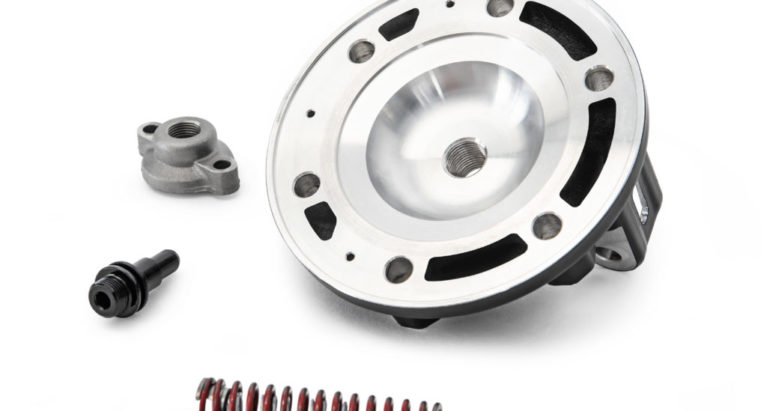
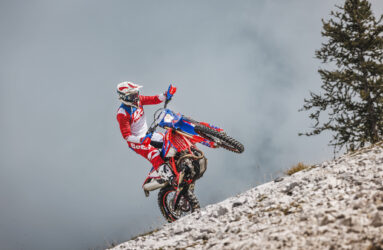
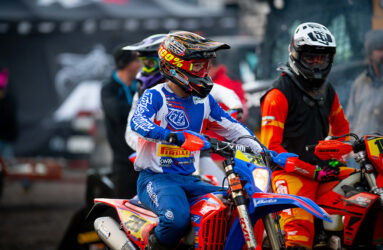
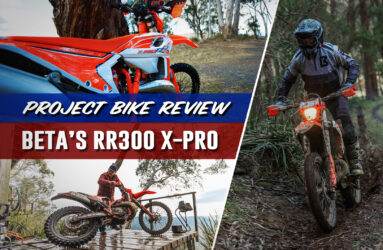
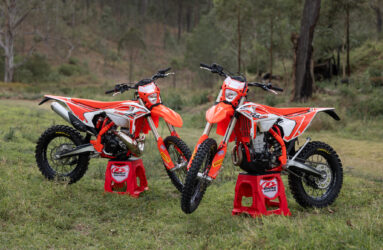
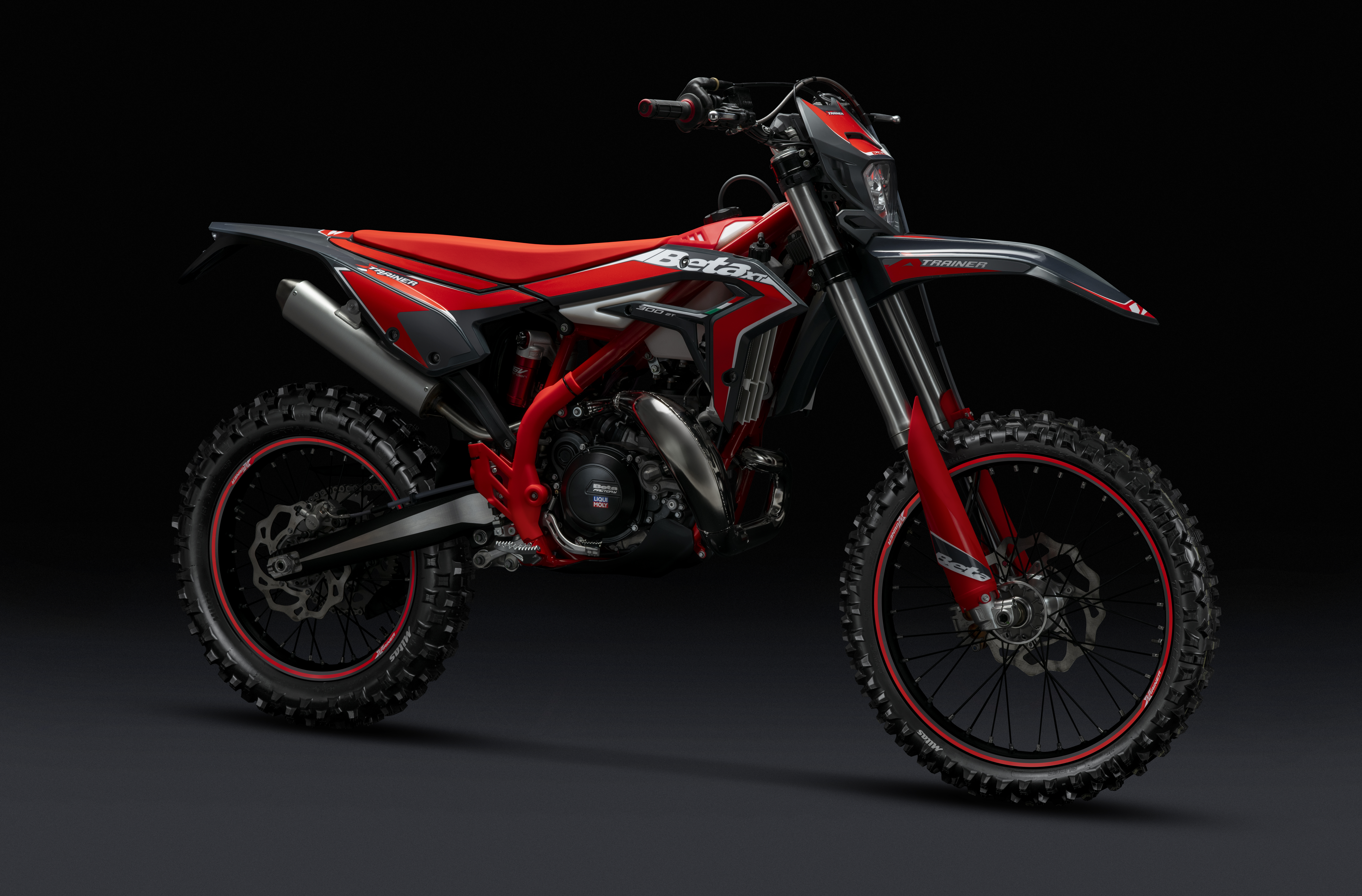
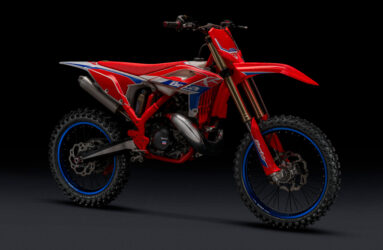

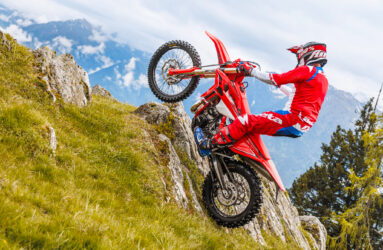
Be the first to comment...